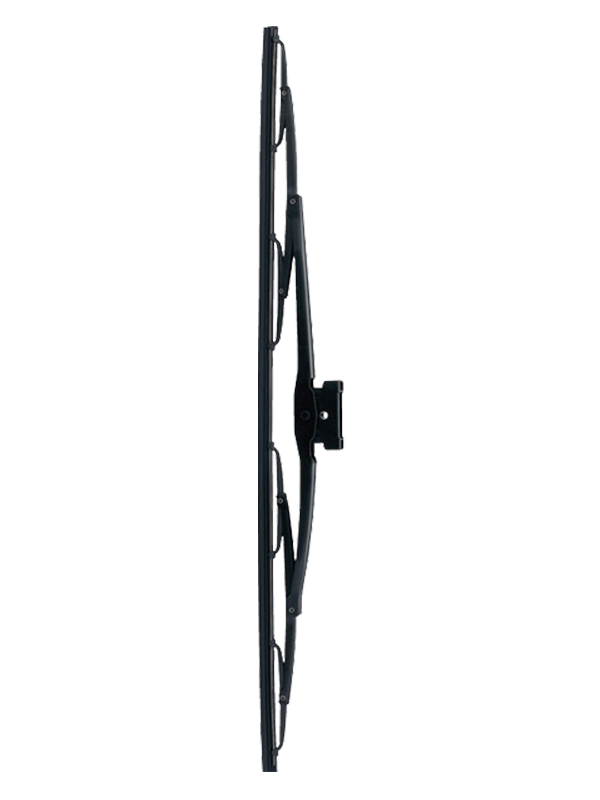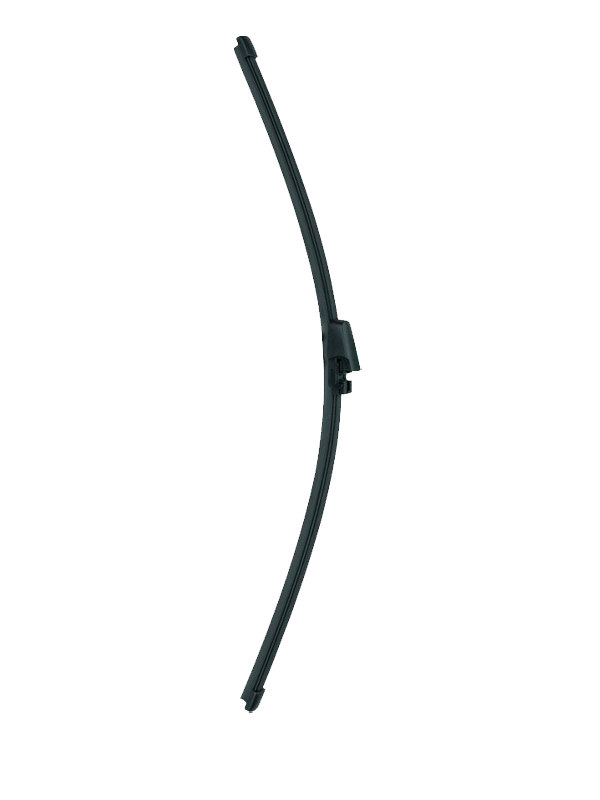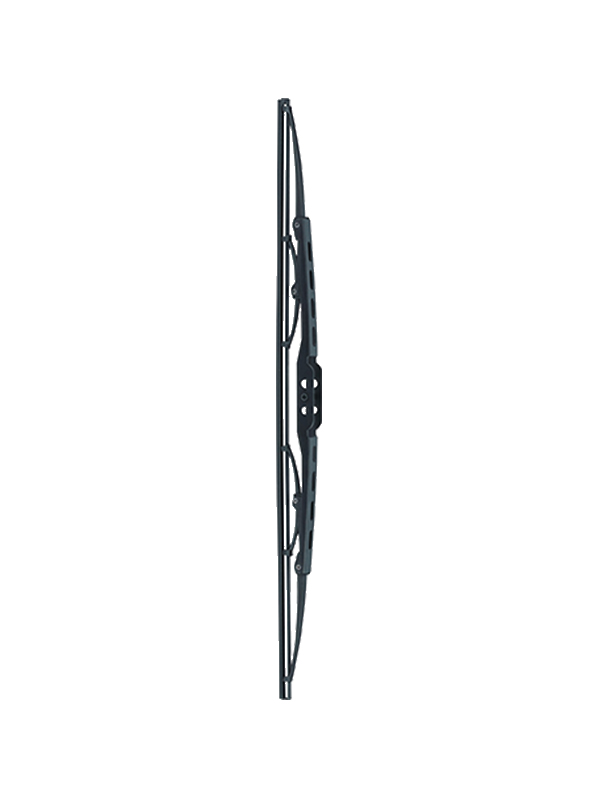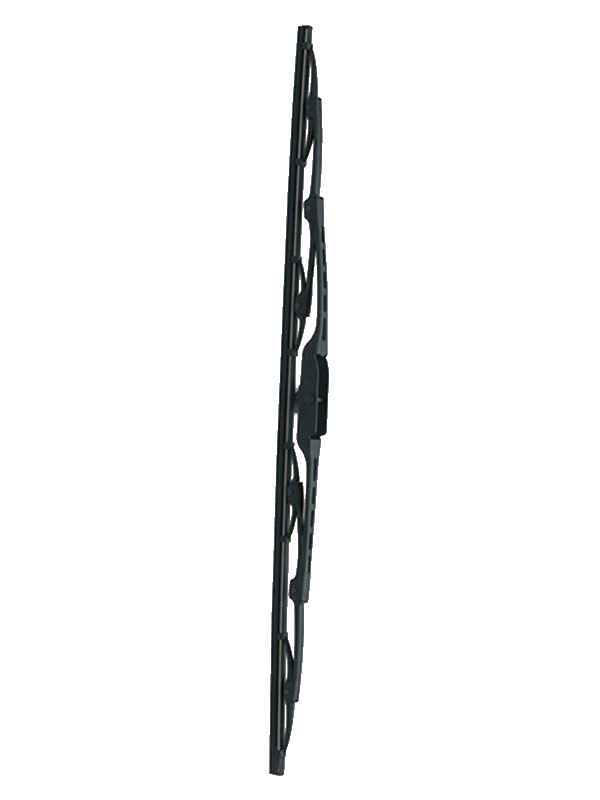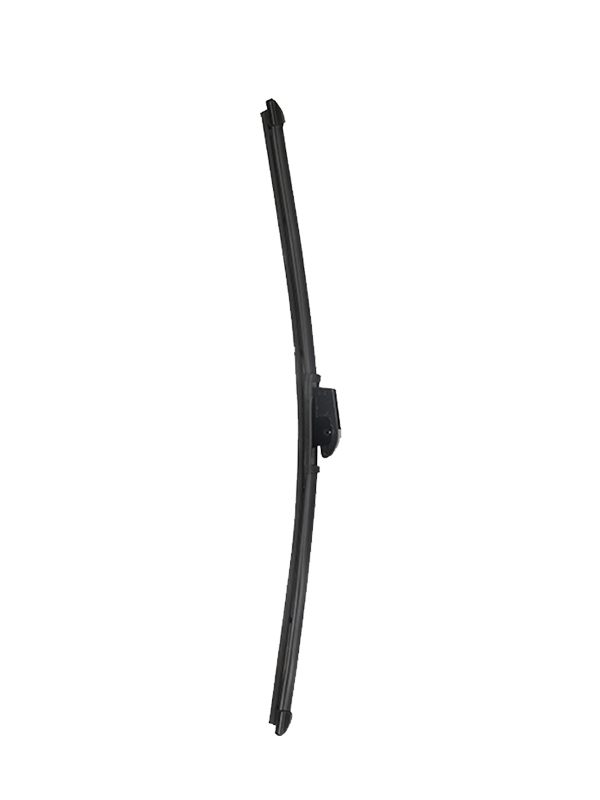Submit feedback
What is the purpose of rear wipers on a car?

The rear wiper is one of the least noticed yet essential safety components on modern vehicles. While drivers are highly familiar with front windshield wipers, the function of the rear wiper often remains underestimated. In reality, this component plays a decisive role in ensuring visibility, stability, and safety in everyday driving conditions.
Rear wiper and driver visibility
The rear wiper directly influences rearward visibility. For hatchbacks, SUVs, and minivans, the upright angle of the rear glass tends to accumulate dust, rain, snow, or road spray much faster than sloped front windshields. Without proper clearing, visibility through the rearview mirror would be significantly impaired. This effect is especially pronounced on highways, where turbulence lifts road grime and deposits it onto the rear window.
By efficiently sweeping away moisture and dirt, the rear wiper ensures a clear field of vision, reducing blind spots and enabling safer lane changes or reversing maneuvers. Its contribution is not merely about comfort but about maintaining compliance with basic road safety expectations.
Natural rubber wiper blades and performance consistency
The effectiveness of any rear windshield wiper depends on the material quality of its blade. Here, natural rubber wiper blades demonstrate distinct advantages. Their flexibility, resistance to micro-cracks, and uniform surface contact help in achieving streak-free cleaning. Unlike synthetic alternatives, natural rubber maintains elasticity across temperature fluctuations, allowing the rear wiper to perform reliably in both summer heat and winter cold.
Moreover, natural rubber minimizes abrasion against glass, extending the life of the windshield while keeping cleaning performance consistent. This feature is particularly relevant for rear windows, where surface accumulation can be irregular and more demanding on the wiper.
Structural elements of a rear wiper system
A rear wiper is not just a blade; it is an integrated system combining several components designed to work in synchronization.
| Component | Function |
|---|---|
| Rear wiper blade | Direct contact element sweeping water and dirt from glass surface |
| Rear wiper arm | Holds the blade and transfers motion from the motor |
| Rear wiper motor | Drives oscillating movement with consistent torque |
| Rear wiper assembly | Complete system integrating arm, blade, and motor for coordinated action |
This structure highlights how each element contributes to the operational reliability of the rear window wiper. Even a minor fault, such as reduced blade elasticity, can compromise the entire system’s function.
Rear wiper replacement and maintenance practices
Over time, blades experience wear, resulting in streaks, noise, or incomplete clearing. Regular rear wiper replacement becomes necessary to maintain performance. Unlike the front system, rear wipers are often smaller and overlooked, but their role in safety warrants equal attention.
Key maintenance practices include:
Inspecting the rear wiper blade every six months for cracks or loss of elasticity.
Cleaning the blade surface and rear glass regularly to avoid abrasion from dust.
Ensuring the rear wiper arm applies uniform pressure along the blade’s length.
These measures extend the life of the rear wiper assembly and prevent sudden failures during adverse conditions.
Noise reduction and design evolution
Modern designs increasingly focus on minimizing noise during operation. Advances in aerodynamics and material science have allowed the rear windshield wiper to achieve quieter sweeping action. The use of refined blade profiles and dampening elements within the rear wiper motor has contributed to reducing both vibration and audible disturbance.
Such design evolution demonstrates how even a compact component like the rear wiper reflects broader industry trends toward comfort and performance optimization.
Application scenarios of rear wipers
Different vehicle categories apply rear wipers with varying emphasis.
| Vehicle Type | Rear Wiper Application Reason |
|---|---|
| Hatchback | Vertical rear glass accumulates road spray quickly |
| SUV | Larger rear windows require reliable cleaning for visibility |
| Minivan | Frequent passenger load demands safe reversing visibility |
| Truck | Dust-heavy environments make rear wiper essential for rearward clearance |
Rear wiper installation and product diversity
In the aftermarket, rear wiper installation remains a straightforward process. Standardized fitting systems allow drivers or service technicians to replace the rear wiper blade without complex adjustments. The availability of diverse sizes ensures compatibility across car models, while the use of natural rubber wiper blades provides a performance baseline appreciated in professional servicing.
The overlooked role in road safety
Despite their size and relatively infrequent use compared to front wipers, rear wipers stand as an indispensable safety element. Clear rearward visibility is essential in rain, snow, or dusty conditions, and the rear wiper fulfills this need with quiet efficiency. Its role extends beyond driver comfort, influencing accident prevention and safe maneuvering in both urban and highway contexts.
The question, “What is the purpose of rear wipers on a car?” extends beyond a simple functional description. Rear wipers represent the industry’s effort to ensure safety and visibility in conditions where rear glass becomes obscured. Their effectiveness depends not only on the system’s design but also on the quality of materials, especially the adoption of natural rubber wiper blades.
Viewed from this perspective, the rear wiper is not just a minor accessory but a critical safety component. Its continuous development reflects the automotive sector’s attention to detail, where even small features significantly influence the driving experience.


 English
English  中文简体
中文简体 

